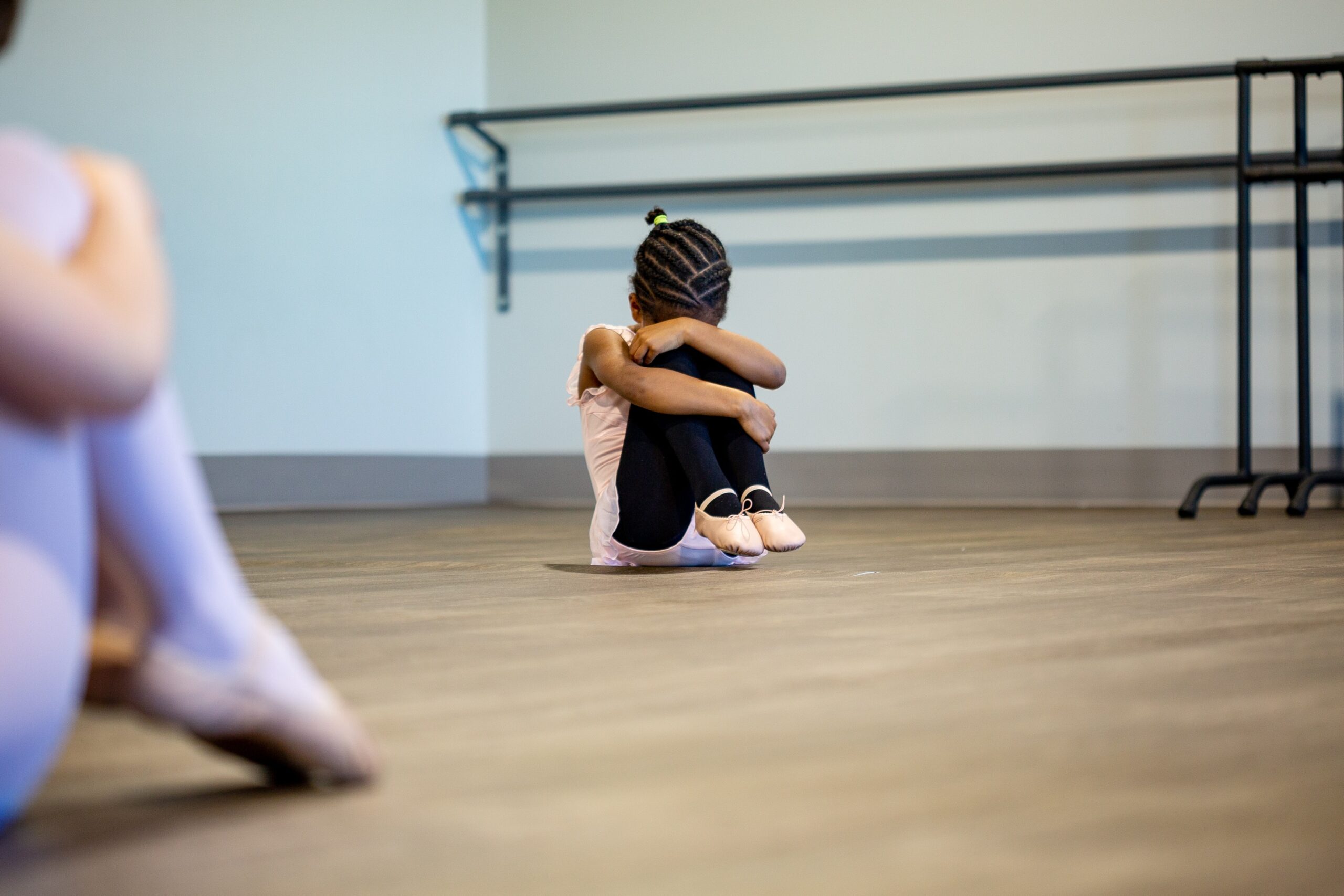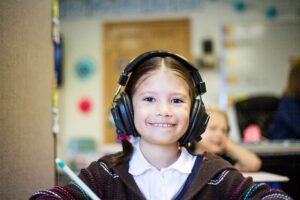By Dr Michelle Garnett and Professor Tony Attwood
Introduction
In our blog last week, we discussed the role of avoidance in increasing and maintaining high levels of anxiety in young children. This week we discuss an effective clinical treatment for high levels of anxiety, graded exposure, and discuss important accommodations needed when using this treatment with autistic children.
Graded Exposure
Graded exposure is a therapeutic technique used to gently introduce a child to the experiences that cause them anxiety, giving them the opportunity to use their coping skills. Starting with situations that trigger the least amount of anxiety, a child enters and stays in a situation until their already low level of anxiety is significantly reduced (this usually takes 20-30 mins). They then repeatedly do this until they experience no or very minimal anxiety about entering the situation.
Alternatively, if the child fears a task (rather than a situation they can stay in), the child repeatedly completes the task (or a part of the task) until they experience no anxiety or very minimal anxiety about completing the task. In this way, we do not ‘flood’ the child with large amounts of anxiety all at once, but instead, we build on success by helping them face their anxiety in small achievable steps. Graded exposure is a well-established technique backed by many years of research. Graded exposure decreases children’s anxiety because it teaches children:
- That their fear is either only in their imagination (e.g., monsters), bearable, (e.g., becoming sick), or is unlikely to happen (e.g., parent never returning).
- They can cope with their anxiety.
- Their anxiety reduces if they stay in a situation long enough or if they engage in a specific task enough times.
Moreover, because graded exposure involves a series of small steps that gradually increase in difficulty, children can have lots of small victories and never become overwhelmed by anxiety.
Anxiety, Autism and Graded Exposure
As we discussed in our blog last week, autistic anxious children need both accommodations and exposure to anxiety-provoking situations to effectively reduce their anxiety and increase their coping skills. This means that autistic anxious children will benefit from graded exposure, however, this graded exposure will likely need adaptations.
Anxiety and Fear of Sensory Experiences
Autistic children have a different sensory processing system that causes them to experience certain sensory stimuli as being uncomfortable, painful, or even extremely painful. Because of this pain, they can develop intense anxiety about particular sensory experiences, or to the causes of these experiences. For e.g., a child might develop anxiety about bright lights, or places where bright lights occur (i.e. large shopping centres). Research to date indicates that the heightened sensory experiences associated with sensory sensitivity do not decrease with increased exposure to that sensory stimuli. Because the sensory discomfort does not decrease, the child’s anxiety about the sensory experience that causes the discomfort does not habituate (decrease by itself through exposure). Indeed, exposing your child over and over to sensory experiences that he cannot tolerate is likely to increase his anxiety, not decrease it. Autistic adults describe that they learn strategies to tolerate or put in perspective the sensory discomfort, and, armed with these strategies, their anxiety about sensory experiences decreases. Therefore, Graded Exposure, as described above , also needs to incorporate accommodations for sensory sensitivities For e.g., if your child is anxious about and avoids the playground at school, in part because of the pain associated with the bright sun, it is possible to help your child overcome their fear of the playground using gradual exposure if you firstly eliminate the painful sensory experience by providing your child with sunglasses or a visor.
Need for Routine
An autistic child tends to cope and learn better when there is a predictable routine in their life and change is minimised. Changes in routine can be reliable triggers for high levels of anxiety. Should your autistic child function better with a predictable routine, we would not recommend disrupting the daily routine to expose them to more anxiety. However, if your child is exceptionally rigid and their rigidity is compromising important developmental goals (for e.g., they cannot tolerate you driving a different way home from school), then we would recommend gradually introducing small changes to increase their tolerance to change and assist them to develop cognitive flexibility.
Fear of Social Situations
Autistic children can become very fearful of social situations, including school, for many different reasons. Just some of these reasons include noise, smells, unpredictability of events, inconsistency between teachers, learning problems, peer problems (e.g., lack of friends, lack of social understanding, verbal and physical bullying or rejection), and social overload (i.e. too many people). To reduce anxiety, we need to understand what a child is specifically anxious about. Understanding the specific concern/s allows accurate targeting of this fear with Graded Exposure. Because Graded Exposure is a tool for decreasing a child’s problematic anxiety about a safe situation, we firstly need to investigate if school is an unsafe situation for the child. A potentially unsafe environment for your child would include an environment where:
- There were no true breaks in the day so your child could not have relief from sensory or social stimulation.
- Your child was being exposed to regular (i.e. daily or weekly) peer or teacher bullying and/or rejection.
- There were no environmental adaptations to assist your child to manage sensory issues.
Learning and Language Issues
Some autistic children also experience problems with their learning and/or language skills. Their learning and language profile can greatly impact on their capacity to learn and socialise. If your child is very anxious about a social or learning environment where they are learning to read, or there is an expectation for social communication, the underlying reason may be that they are struggling to learn and communicate. If this is the case the difficulties need to be assessed and understood. Merely exposing a child over and over to a learning setting where his capacity cannot meet expectations will not reduce anxiety, rather it will likely increase it. In this case, Graded Exposure would need modification to accommodate a child’s learning difficulties.
Summary
Avoidance maintains anxiety in the long term. Graded Exposure is an evidence-based technique that targets avoidance by helping children to face anxiety-provoking situations in a gradual manner. Graded Exposure is suitable for both typically developing children and autistic children. However, autistic children may require specific adaptions to graded exposure to accommodate their autistic differences and needs.
Further Resources
If you are a parent of an anxious autistic child or an educator or health professional who works with anxious autistic children, we recommend that you attend our upcoming event, Support and Therapy for Autistic Children and Adolescents in this presentation we will discuss in more depth the many reasons for high anxiety in autism, and the strategies we have found that are helpful.
With our colleagues Dr Julia Cook, Dr Louise Ford and Dr Stef Runham we co-wrote the “Fun with Feelings” programme, which is a 10-Step Programme for parents and/or professionals to assist their young autistic child to manage their high levels of anxiety. The above blog is an excerpt from the resulting book:
Garnett, M. S., Attwood T., Ford, L., Runham S. and Cook J. (2020). Ten Steps to Reducing Your Child’s Anxiety on the Autism Spectrum: The CBT-based “Fun with Feelings” Parent Manual. Jessica Kingsley Publishers: London.
The companion volume was written to assist parents and professionals to teach their young autistic children about emotions:
Garnett, M. S., Attwood T., Ford, L., Runham S. and Cook J. (2020). Having Fun with Feelings on the Autism Spectrum: A CBT Activity Book for Kids Age 4-8, Jessica Kingsley Publishers: London.
We highly recommend these two books to anyone living or working with an autistic and anxious 4-8 year old.




